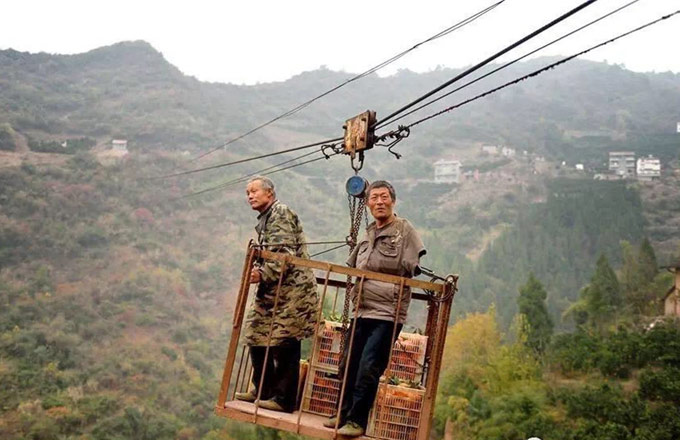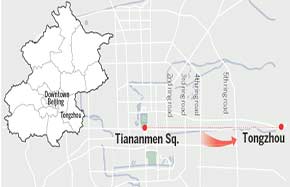Hong Kong helps reinvent quake-ravaged Sichuan
CHENGDU - A catastrophic earthquake leveled Wolong Primary School in Southwest China's Sichuan province in 2008, but a rebuilt campus that brought comfort and modernity to students living deep in the mountains served as a small silver lining.
The reconstruction of the school is among nearly 200 projects undertaken by the Hong Kong government at a combined cost of more than 10 billion Hong Kong dollars ($1.29 billion) following the magnitude 8 Wenchuan earthquake that took nearly 70,000 lives, according to a report issued by the Hong Kong government late November.
Housing more than 120 students of Han, Tibetan and Qiang ethnic groups, the new school was designed to resist quakes as powerful as the one eight years ago. Its classrooms are equipped with advanced facilities, such as underfloor heating and electric white boards. There are also special rooms for computer, art and music lessons, as well as psychological counselling.
Students moved into the new school in 2011 after studying in tents, makeshift houses, and a school elsewhere.
"We used to rely on electric stoves to keep warm in the winter. Many kids got chilblains on their hands and feet," said teacher Huang Jianrong. "Today the conditions are much better."
The reconstruction projects undertaken by Hong Kong were scattered in 12 cities and prefectures in Sichuan. Twenty-three of them, including the Wolong school, are located in the Wolong National Nature Reserve, famous for giant pandas.
The Hong Kong builders set up a nearly 20,000-square-meter breeding and research zone at the Wolong base of China Conservation and Research Center for the Giant Panda (CCRCGP).
The zone, along with a Hong Kong-funded rescue and disease control center in CCRCGP's Dujiangyan base, will be forever free to Hong Kong visitors, in a gesture of gratitude, said Xia Xuhui, deputy director of the management committee of the Wolong National Nature Reserve.
The Hong Kong government also spent nearly 72 million yuan ($10.5 million dollars) in a digital monitoring system at the Wolong base, allowing staff to watch real-time images in the pandas' dormitories and around monitoring spots in the wild.
"Hong Kong's help has contributed to the achievements we have made in breeding and releasing captive pandas into the wild following the 2008 earthquake," Xia said.
One of the most challenging projects is the expressway linking Wolong and Yingxiu Township in Sichuan. After the section was opened in October, the road trip between Wolong and Chengdu, Sichuan's capital city, is reduced to two hours from 11 hours.
All the projects in Wolong were supervised by provincial-level governmental organs, as well as by a work team from Hong Kong, according to Guo Jianong with Sichuan's foreign and overseas Chinese affairs office.
In addition, the fund's use and project progress were regularly assessed by a third-party agency assigned by the Hong Kong side, Guo said.
"When a magnitude 7 earthquake hit Lushan of Sichuan in 2013, the projects that had been completed all withstood the test," he said. "We're reassured about and proud of the projects."



















